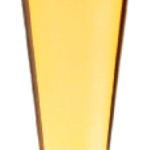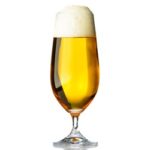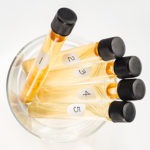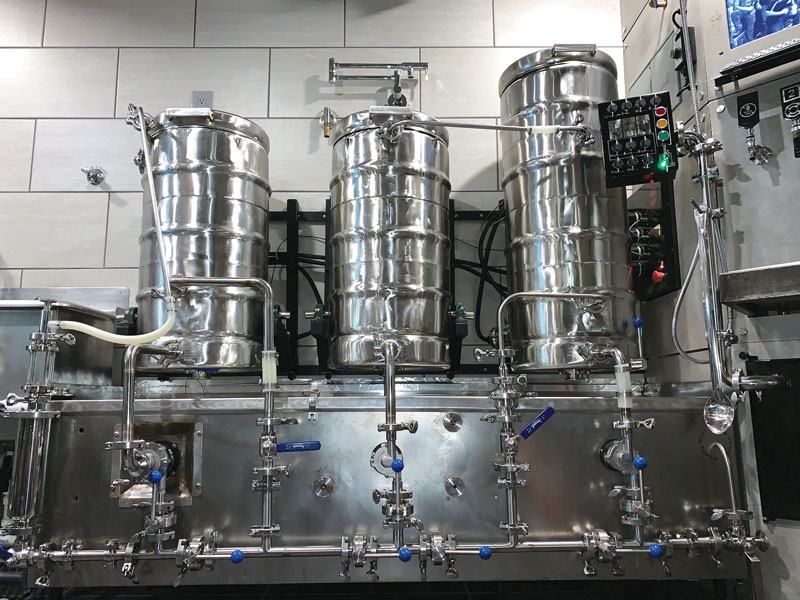Articles
Brewing a Partial Mash Beer
In the chapter on extract with grains brewing, you learned how to alter a malt extract wort by steeping specialty grains and boiling pellet hops. In this chapter, we’ll show you how
German Pils
by the numbers OG: 1.044–1.050 (11–12.4 °P) FG: 1.008–1.013 (2.1–3.3 °P) SRM: 2–5 IBU: 25–45 ABV: 4.4–5.2% German Pilsner recipes seem so simple, but brewing a perfect example is a challenge that
Base Malts
The foundation grains that beers are built upon.
Piwo Grodziskie
Piwo Grodziskie is a historical beer style recently brought back from extinction. Two Vermonters set out to brew this low-alcohol, highly-carbonated, oak-smoked wheat ale.
Oh, You Brut!, Counting Calories, and a Look Inside Crystal Malts
Q I have been reading about “Brut IPAs” and am curious what these beers are, and how they are being brewed. Any information would be great! Ben BauerGilroy, California A Brut IPAs
Belgian Blond Ale: The best known Belgian Abbey beer
Some people have asked me how I choose the styles to write about in this column. At the start, it was easy — I just started writing about new styles in the
Neshaminy Creek Brewing Co.
A well-executed Bamberg-style rauchbier has amazing character and complexity. Learn about the details of a multiple-award winning rauchbier brewed in Pennsylvania.
Quality Control Worksheet
Amy Todd from Zymology Labs based in Burlington, Vermont was kind enough to share her Planning & Starting Up a Quality Control Program for breweries large and small, with Brew Your Own
Fermenter Addition Basics
. . . luckily for us, alcohol is lethally toxic to the vast majority of microorganisms found in our world.
The Little Things: What Separates the Best from the Rest
What’s your secret?” It’s a question we get asked all the time and even more often since winning the National Homebrew Competition’s Ninkasi Award in 2017. But even before that, when we
Experiment with Yeast
In the beginning, fermentation was a mystery. We now know that the conversion of fermentable carbohydrates into ethanol and carbon dioxide is accomplished by Saccharomyces cerevisiae (or Saccharomyces pastorianus if we’re talking
Forced Carbing: Don’t take this ingredient for granted
Carbon dioxide can sometimes be the least of homebrewers’ worries, but maybe it shouldn’t be that way. Dive in deep to learn many factors that can affect carbonation levels in your beer, how it can vary from place-to-place and beer-to-beer, and why you may want to filter your CO2.












